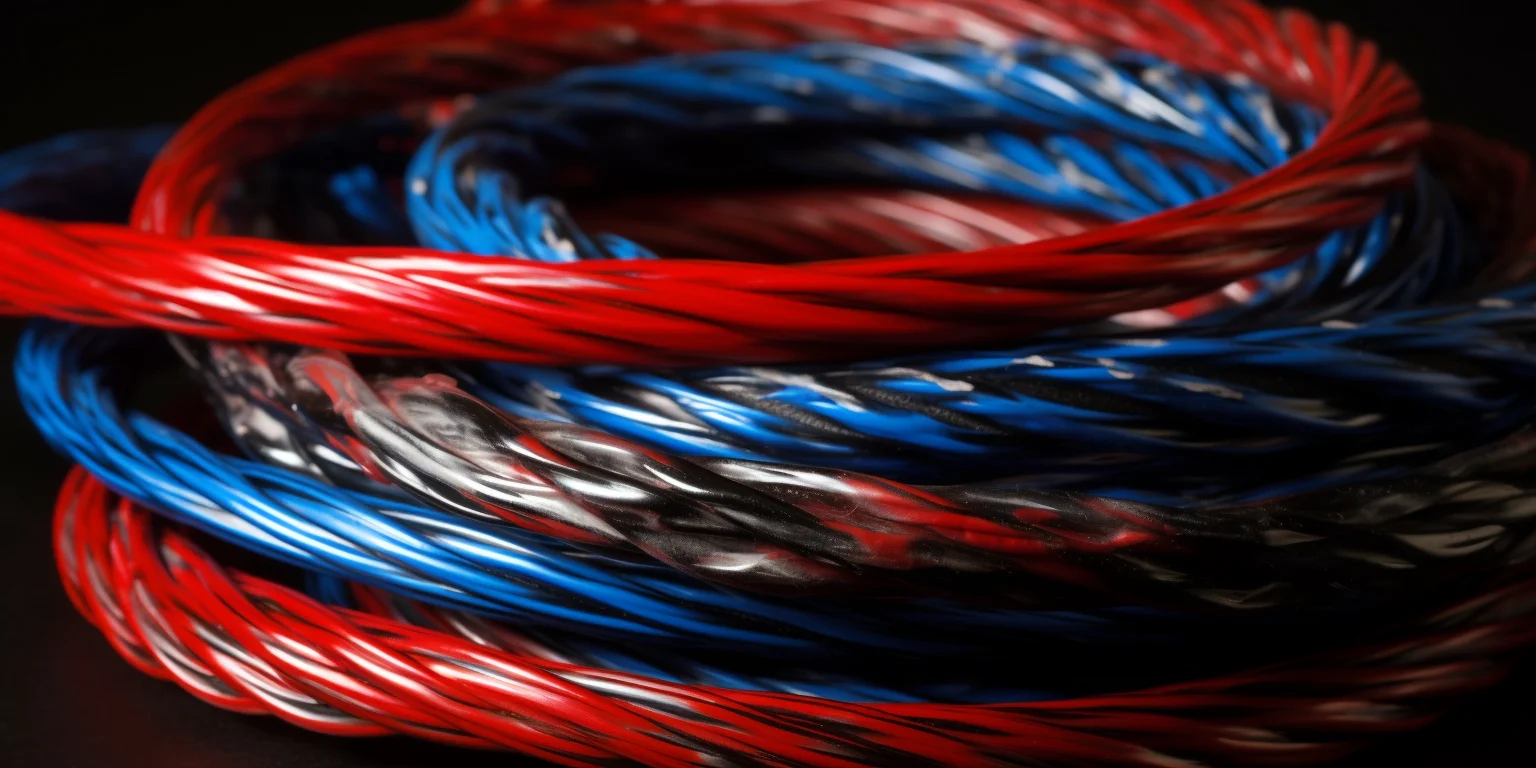Air Lines for Semi Trucks
When it comes to air hoses for semi trucks, air lines are essential components that help power various air-operated systems like air brakes. In this article, we’ll discuss the different types of semi truck air lines, factors to consider when choosing one, price and some top air hose products available in the market.
What Are Air Lines?
Air lines, also known as air hoses, are flexible tubes or tubing that transport compressed air from a compressor or air tank to pneumatic tools, air brake systems, or tire inflation devices. They are typically a tubing made from various matter like rubber, PVC, polyurethane, or hybrid materials. Air lines are used in various industries, including transportation, construction, and manufacturing.
Types of Air Lines for Semi Trucks
There are four common types of air lines used in semi trucks:
Rubber Air Lines
Rubber air lines are popular for their durability and flexibility. They can withstand harsh weather conditions and resist abrasion, making them ideal for heavy-duty applications. However, they can be heavier and less flexible in colder temperature ranges.
PVC Air Lines
PVC air lines are lightweight, making them easy to handle and maneuver. They offer good resistance to chemicals and moisture. However, they may not be as durable as rubber air lines and may become stiff in colder temperature ranges.
Polyurethane Air Lines
Polyurethane air lines are lightweight, flexible, and offer excellent resistance to chemicals, abrasion, and weather. They are also more flexible in colder temperature ranges compared to rubber and PVC air lines. However, they may be more expensive.
Hybrid Air Lines
Hybrid air lines combine the best features of rubber, PVC, and polyurethane materials, offering excellent durability, flexibility, and chemical resistance. They perform well in various temperature ranges and are ideal for demanding applications.
| 15FT 3in1 Power Air Line Hose Kit | |
|---|---|
| 12FT 3in1 Power Air Line Hose Kit | |
| 15FT Red & Blue Coil Air Line Hose Set | |
| 15FT Mytee Air Brake Set |
Factors to Consider When Choosing Air Lines for Semi Trucks
When selecting an air line for the tires of your semi truck, consider the following factors:
Material
Choose a material that offers the right balance between durability, flexibility, and resistance to chemicals and weather conditions.
Length and Diameter
Select an appropriate length and diameter based on your truck’s requirements and the distance between the compressor and the air-operated equipment, such as air brakes or tire inflation devices.
Working Pressure
Ensure the air line can handle the required working pressure for your truck’s air systems.
Temperature Range
Opt for an air line that can perform well in the temperature ranges your truck will be exposed to.
Connections
Verify that the air line has the proper connections, such as quick-release couplings or threaded fittings, compatible with your truck’s air systems.
Ease of Installation
Choose air lines that are easy to install and come with clear instructions or guidelines to ensure a secure connection between your truck and air-operated equipment.
Compatibility with Air Brake Systems
If your semi truck is equipped with air brake systems, make sure the air lines you select are compatible with the specific air brake model installed on your truck.
Resistance to Kinking and Tangling
Opt for air lines that have a lower tendency to kink or tangle, as these issues can lead to reduced air flow and compromised performance.
Brand Reputation
Consider purchasing air lines from reputable manufacturers to ensure you receive a high-quality product that is built to last.
Budget
Keep your budget in mind when selecting air lines for your semi truck, but remember that investing in a durable and high-performing product can save you money in the long run.

Additional Air Line Accessories to Enhance Performance and Longevity
There are several accessories available that can help improve the performance and longevity of your air lines:
Hose Reels
Hose reels can help keep your air lines organized, prevent kinking, and make it easier to store and transport them when not in use.
Air Line Filters
Installing air line filters can help remove contaminants like dust, moisture, and oil from the compressed air, ensuring that your air-operated equipment receives clean and dry air.
Quick-Release Couplings
Quick-release couplings allow for easy and secure connections between your air lines and air-operated equipment, reducing the risk of air leaks and improving overall efficiency.
Air Line Lubricators
Air line lubricators add a controlled amount of lubricant to the air flow, reducing friction and wear on your air-operated equipment and increasing its lifespan.
Proper Use and Maintenance of Air Lines
To ensure the longevity and optimal performance of your air lines, follow these tips:
-Inspect air lines regularly for signs of wear, damage, or kinks.
-Replace damaged air lines immediately to avoid potential accidents or equipment failure.
-Store air lines away from direct sunlight, chemicals, and sharp objects.
-Use hose reels or coiling techniques to prevent kinking and maintain the air line’s shape.
-Clean air lines periodically with mild soap and water, and allow them to dry thoroughly before use.

How to Find the Best Air Lines for Your Truck
Finding the right air lines for your truck doesn’t have to be a difficult task. Here are some tips to help you find the perfect air lines for your needs:
-Compare the price and features of various air line products.
-Check online reviews and ratings to gauge the performance and reliability of the air lines.
-Consult with a truck parts specialist to determine the best air lines for your specific truck model.
-Consider the type of air-operated equipment you will be using and the required working pressure.
-Look for air lines that come with a guarantee or warranty for added peace of mind.

Summary
Selecting the right air lines for your semi truck is crucial for the safe and efficient operation of your air systems, such as air brakes. By understanding the different types of air lines, considering factors like material, length, diameter, and working pressure, and maintaining and checking your air lines properly, you can ensure the best performance and longevity of your air lines.
FAQs
Can I use a standard air line for my semi truck?
It’s essential to choose an air line specifically designed for semi trucks, as they require air lines that can handle higher working pressures and withstand harsh conditions.
How often should I replace my air lines?
Replace your air lines when they show signs of wear, damage, or kinks. Regular inspections will help you identify when it’s time for a replacement.
What is the optimal length for an air line?
The optimal length depends on the distance between the compressor and the air-operated equipment. Choose a length that allows for easy maneuverability without causing excessive pressure drops.
Do I need different air lines for different air-operated equipment?
While some air lines may work for multiple applications, it’s best to select a hose designed specifically for the equipment you’re using to ensure optimal performance.
Are there any safety precautions I should take when using air lines?
Always inspect your air lines before use, avoid kinks or damage, and ensure proper connections to prevent accidents or equipment failure.
On a mission to change the trucking industry for the better.







